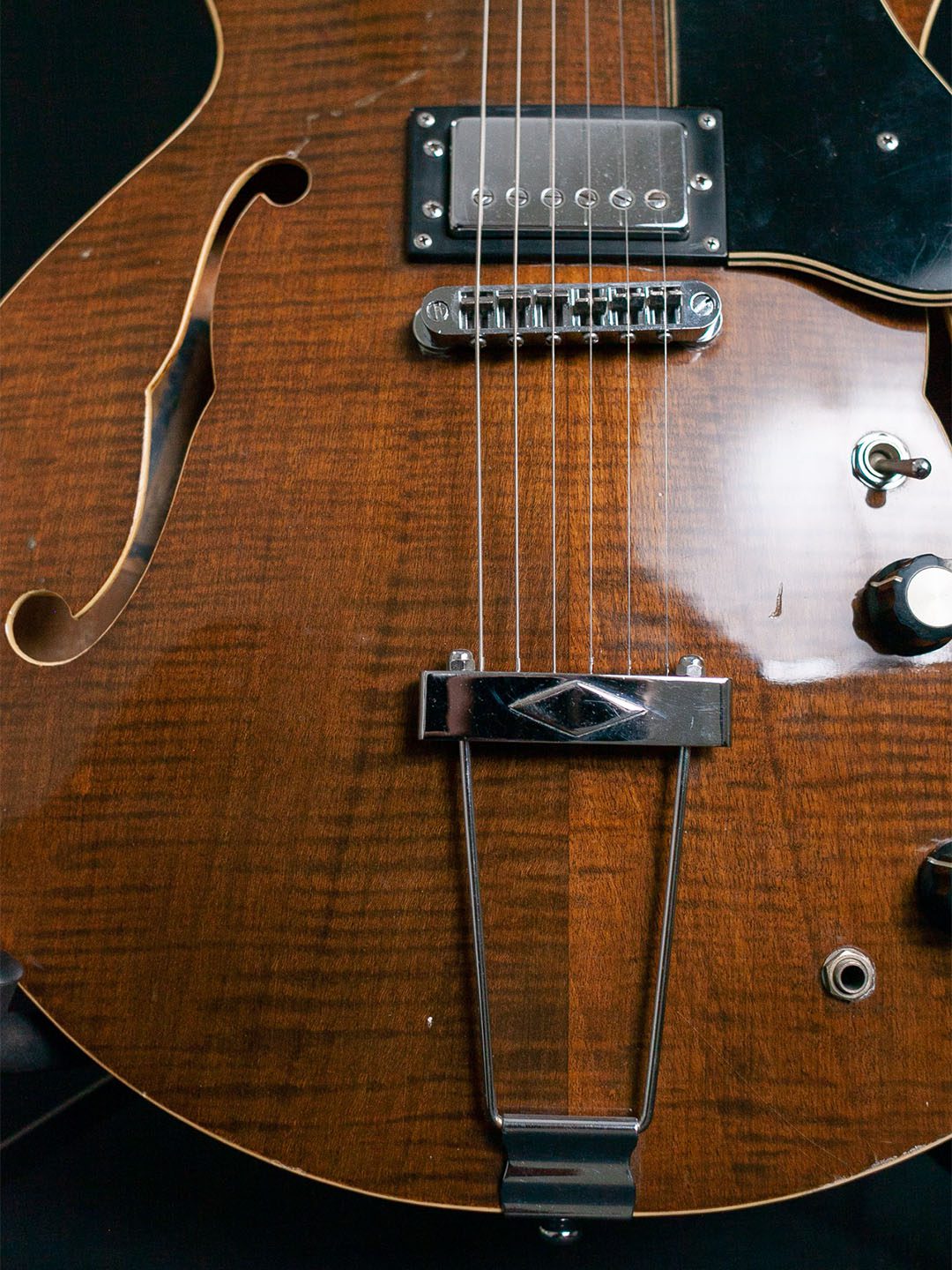

Billy Lorento.įramus, like most other European guitars (except for Hagstrom), had ceased to be much of a player in the U.S. As part of this relationship with Framus, Philadelphia Music was responsible for launching the careers of luthiers Sam Koontz and Eric Schulte as well as the American presence of Bill Lawrence, a.k.a. However, it is best remembered as the importer of Framus guitars from Germany, which it distributed nationally. Run by the brothers Fred and Ralph Baas, Philadelphia Music had a number of stores throughout the area.

The Penco name was employed by Philadelphia Music Company, of Limerick, Pennsylvania, a sleepy rural town northwest of Philly best known as the location of a nuclear power plant. In ’68, Valco-Kay, which had merged the year before, went belly up, opening the field to the Japanese (European guitars had largely gotten too expensive by then). As Japanese imports began to flood the market in the late ’60s, American manufacturers began to suffer. Through the ’60s, these were likely to have come from the Harmony, Kay, or Valco factories. It was not uncommon for these distributors to have their own “house brands,” as they’ve become known, a proprietary brand name put on guitars supplied by the company building them. Instead, regions were served by large local distributors that often owned regional chains, but also served mom-and-pop music stores in the area. Back then, America had not yet been franchised by national-chain music stores.

Penco was one of those regional brand names that proliferated in the ’70s. It was this hefty flat-top that was given the flattery of imitation in this magnificent Penco guitar. Gibson’s jumbo topped that in the late ’30s and eventually settled in at 17″. Right around World War II, Washburn introduced a jumbo guitar with a 16″ lower bout, followed by the first Martin dreadnoughts made for Boston’s Ditson (1916). By the end of the century, a “standard” guitar was around 12″ wide and auditorium guitars could reach 14″ wide. As the guitar became more popular, its girth gradually expanded. Introduced in 1937-’38, the Super Jumbo was the culmination of what might be called guitar “size wars.” In the mid 19th century, when American guitar making began, guitars were typically about 10″ wide at the lower bout. One of the former can be seen in this circa 1975 Penco Model A-15-JD.īasically, this Penco is a “copy” of a Gibson J-200 or Super Jumbo, a giant of a guitar burned into our minds with twin pickguards in the hands of the Everly Brothers or dwarfing the golden-throated Emmy Lou Harris. Many were quite whimsical and some very innovative. In fact, it was a lawsuit filed by Norlin (Gibson) against Elger (Ibanez) over trademark infringement (headstock copying) in Philadelphia in the summer of 1977 that gave us the now-ubiquitous term “lawsuit guitar.” But when you look a little closer, Japanese guitars from this period were about way more than copying. Indeed, it was with these “copies” that many Japanese manufacturers honed their chops and became world-class guitar makers. The 1970s is often called “the Copy Era” for the dominating presence and spectacular success of Japanese “copies” of popular American guitars, most notably of the Gibson Les Paul.


 0 kommentar(er)
0 kommentar(er)
